Why Formula 1 Cars Are More Like Airplanes Than Automobiles
Formula 1 racing is its own unique sport, even as far as racing sports are concerned. The cars used in Formula 1 are their own thing, and their design isn’t replicated in any of the other racing sports. The cars are low to the ground with what appears to be oversized tires, and they provide a grand total of one seat for the driver. So, no asking for a lift to the grocery store in these “grocery getters.”
The engines in these vehicles are only V6’s, but with the design of these vehicles, they can reach speeds in excess of 230 miles per hour. The tracks in Formula 1 aren’t the boring ovals racing fans are used to seeing in NASCAR either. They utilize all sorts of tricks and turns that keep the game exciting, and the cars wouldn’t be able to handle these turns at their outrageous speeds if they weren’t designed to be more like airplanes than automobiles.
A short lesson in aerodynamics
Formula 1 cars look a little odd, and they definitely aren’t street legal machines, but that’s because they’re meant to go really, really fast. Whoosh! The design of the vehicle helps thanks to aerodynamics. Aerodynamics, as you might not know, doesn’t actually mean “making something go fast through the air,” but rather refers to the overall way that solid bodies interact with air as they move through it. They cover all directions — up, down, forward, spin, etc. — not just speed or smoothness.
Aircraft rely on their aerodynamics to create lift so they don’t fall out of the sky, using their velocity and shape to propel the plane forward while the body of the plane creates a downward pressure against the air. The forward force and the down pressure overcome gravity, according to NASA, and, voila, the plane flies. What do these aircraft use to create this lift? It’s simple, really. They use engines and wings. In this way, the modern Formula 1 car design is strikingly similar to an aircraft. Though instead of flying, Formula 1 cars use the same airplane technology to get completely opposite results.
Wings and power go Vroom!
You’re not going to fly, in the classical sense of the word, with a Formula 1 car, though you’d certainly “fly” around the track. If you managed to drive one of these cars out of the back of a real airplane — say you have some jet turbines mounted onto the car’s body — you’d plummet to the ground at record speeds. Now, if you flipped the thing over, you’d pass out from all of the blood pooling in your head, but the car would act in the same way as an airplane. Why? Because Formula 1 cars have wings.
Please don’t go driving your Formula 1 car out of a plane upside down. The wings probably don’t generate enough lift to keep you in the air. We’re not scientists.
On both the front and the rear of a Formula 1 car, you’ll find the wings. They’re essentially, according to Formula 1, upside-down airplane wings, and they generate lift. That lift is forced downward to make a negative lift or “downforce.” The faster the cars go, the more downforce the body of the vehicle generates. This pushes the tires into the pavement, increasing the grip that keeps the vehicle from sliding out sideways and allows for better energy transfer from the engines to the track. Basically, speed = traction = speed.
The cars didn't always have wings
The early Formula 1 cars didn’t rely on downforce for speed. The vehicles had no wings and thin tires. They didn’t have anywhere near the traction that the newer cars have and couldn’t have anywhere near the same level of control. And, frankly, they looked more like something from Chitty Chitty Bang Bang than racing cars. This could explain the long list of deaths on the track that ESPN has compiled from the early days of the sport. The downforce of the Formula 1 cars don’t just give the vehicle enhanced energy transfer; it also gives the drivers more control of their vehicles.
The inverted wing design was first seen in Formula 1 in 1968 at the Monaco Grand Prix wit the Lotus team’s Lotus 49B, according to Formula 1. The front wings and aerodynamic rear end of the car gave the team a significant advantage in the corners of the race. The next race saw the same front wings on a few different cars, plus one notable improvement. These new cars added a rear wing as well. Downforce, from then on out, become a principle of Formula 1 racing and changed the game for good.
235 thoughts on “Why Formula 1 Cars Are More Like Airplanes Than Automobiles”
Leave a Reply
You must be logged in to post a comment.
How They Really Discovered The Wreckage Of The Titanic

Does Joel Osteen Really Own A $325,000 Ferrari?

The Olympics: Most Famous Athlete From Every State

Report Of Chadwick Boseman's Autopsy Revealed As Hoax

Everything We Know About The Windshield Phenomenon

British Royal Flower Traditions Explained

Roko's Basilisk: The Thought Experiment That Could Enslave The Human Race

Andy Jassy: What You Should Know About Amazon's New CEO
The Tragic Real-Life Story Of Joe DiMaggio

What You Didn't Know About Road Warrior Animal's Son


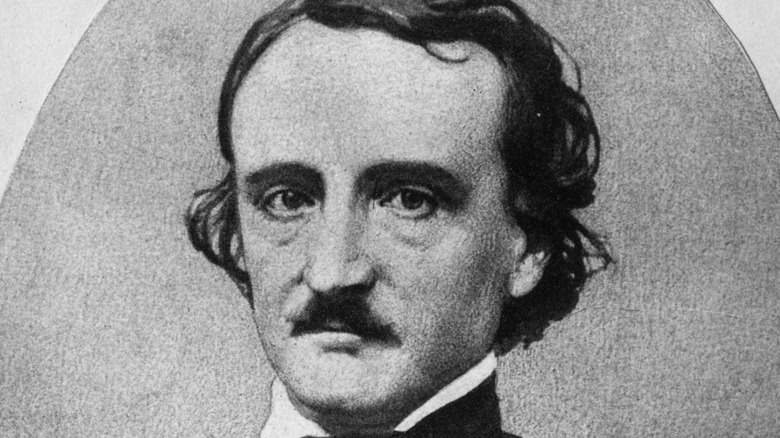






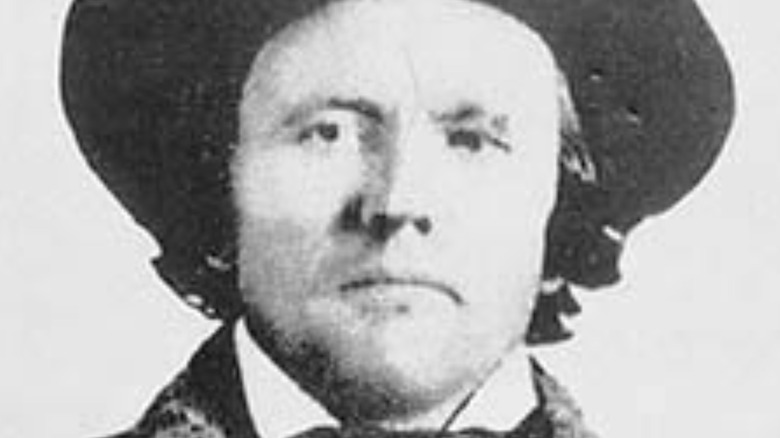




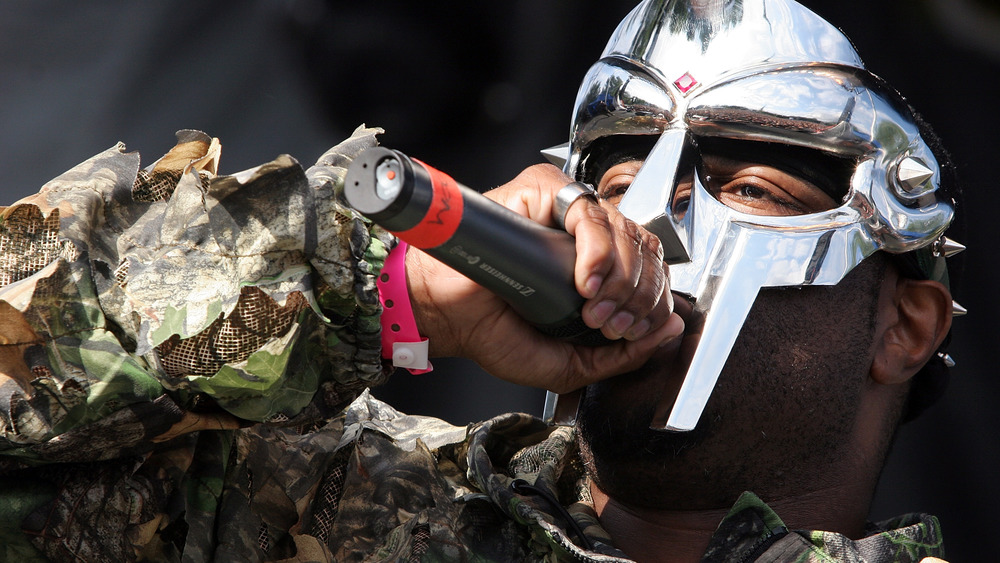
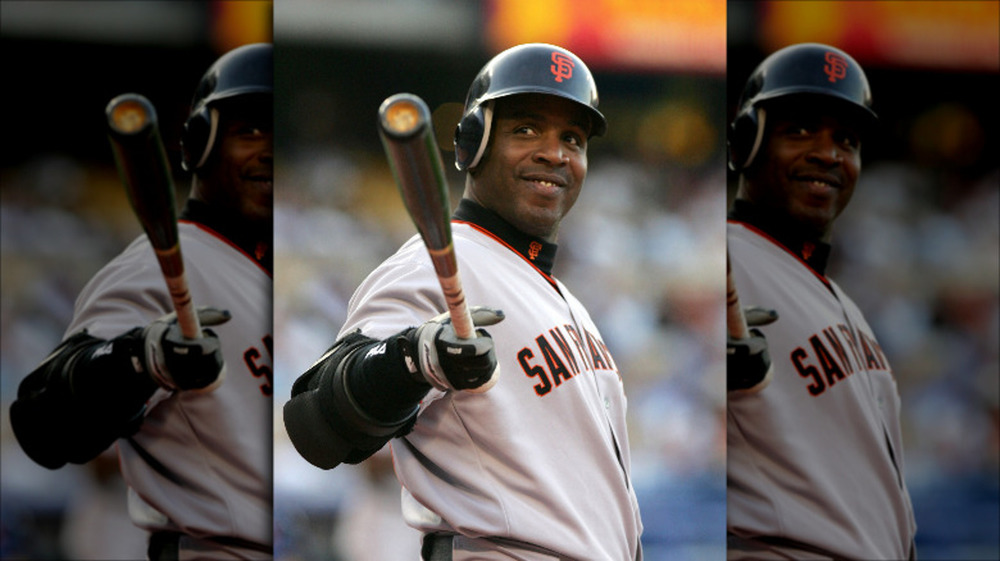








I used to be recommended this website via my cousin. I am now not sure whether this publish is written via him as no one else recognise such specified approximately my problem. You are amazing! Thank you!
I read this article fully regarding the resemblance of most up-to-date and preceding technologies, it’s awesome article.
Hey there! Do you know if they make any plugins to help with SEO? I’m trying to get my blog to rank for some targeted keywords but I’m not seeing very good gains. If you know of any please share. Thank you!
Wow that was odd. I just wrote an extremely long comment but after I clicked submit my comment didn’t show up. Grrrr… well I’m not writing all that over again. Anyway, just wanted to say great blog!
magnificent issues altogether, you just won a emblem new reader. What might you suggest in regards to your publish that you made a few days ago? Any positive?